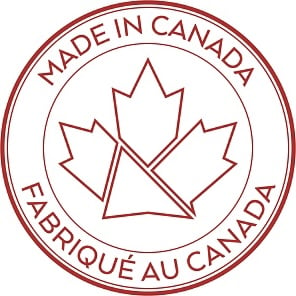- cross-posted to:
- [email protected]
- cross-posted to:
- [email protected]
It’s confusing trying to buy Canadian with all the variations of made in, assembled in, grown in, packaged in, etc. Can we copy the Australian food labeling system, perhaps replacing the kangeroo with a maple leaf? I find this much clearer.
As a representative of Australia, I hereby grant Canada permission to use the kangaroo in their design, irrespective of how confusing it may be.
.ǝunʇɹoɟ ɟo uooƃ ɟo punoɹ ɐ puɐ sǝᴉuuᴉʇ ǝlddnoɔ ɐ ɥʇᴉʍ ʇᴉ ǝsᴉlɐɯɹoɟ sn ʇǝ˥ .uoᴉʇoɯ ǝɥʇ puoɔǝs I
Thanks, mate.
This would honestly be so helpful
Yeah I’d love to see this everywhere tbh, anything to help me make more informed choices is 👍
Europe needs this too! Cross posted to [email protected]
We have this
Which is great, i agree, but not it’s really the same since they are mostly specialty processed foods rather than bulk everyday items. For example, I don’t care what region my olive oil comes from but I do want to be able to verify the origin which is not always disclosed. In honey for example, there it has to say wether it’s 100% from EU / mixed / 100% imported. Many ‘pure’ products mention this, and often the information is trustworthy. Same goes with fresh produce at least if it’s packaged. On the other hand, I recently wanted to get new walnuts and I know a lot of them come from California. Sometimes the packaging mentions this as a quality trait, but I noticed a lot of them do not mention any origin whatsoever.
I also buy a lot of generic processed food too, and there it barely ever says where the ingredients come from. Especially if it is a big mix. Take pasta sauce for example, I would find it helpful if packaging says x% of the ingredients come from the eu.
Flags already got bars on it, have those fill up.
Wow. That’s a superb system. Every country should have this, frankly.
Something missing from this is the amount of secondary parts are consumed for production.
Cardboard for cases Cardboard for Packaging Plastic packaging Shipping Pallets Sanitation/ domestic supplies Packing machinery is a hit hard to list but local support to maintenance is easy to figure out.
At one job we made a list of contractors and where our millions in purchase orders went. Even though we were an American company, a couple dozen local business relied on us.
Goated design. Yes please



